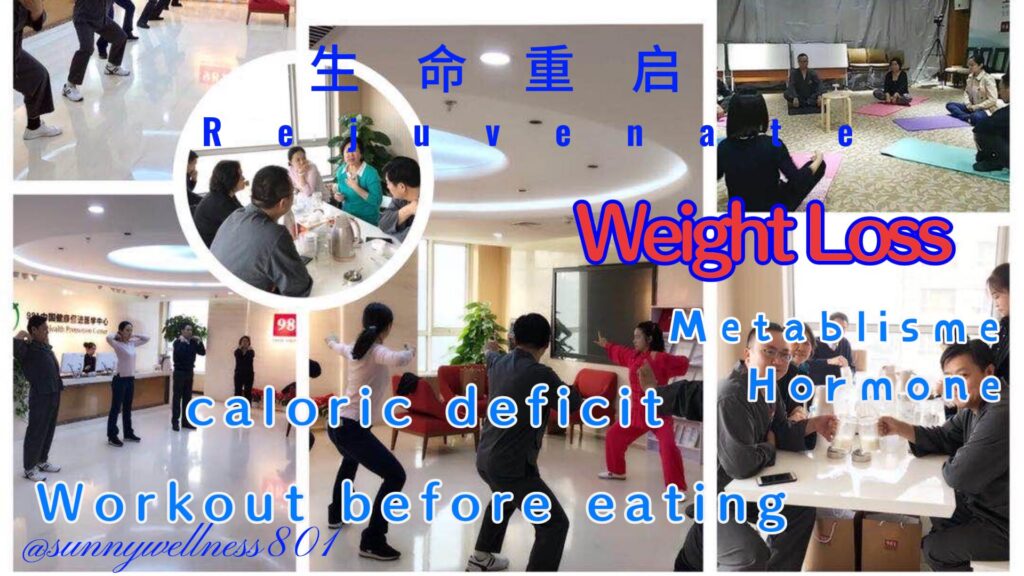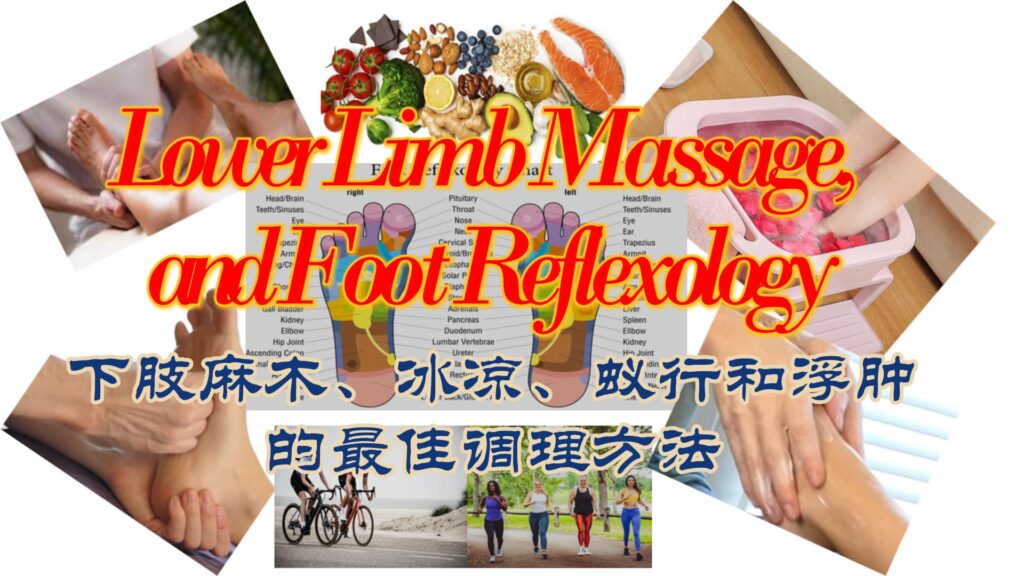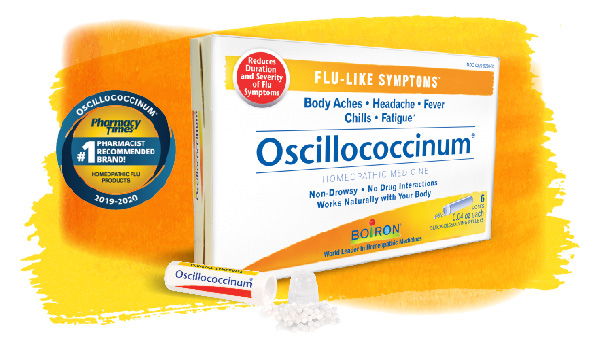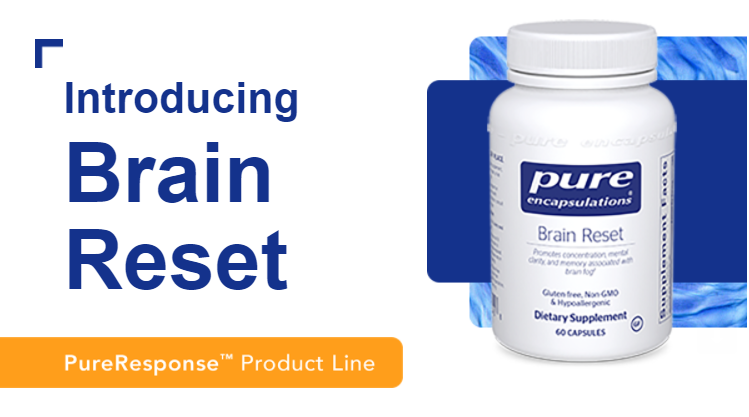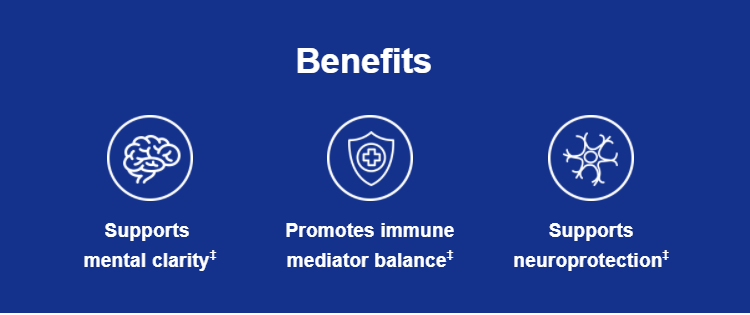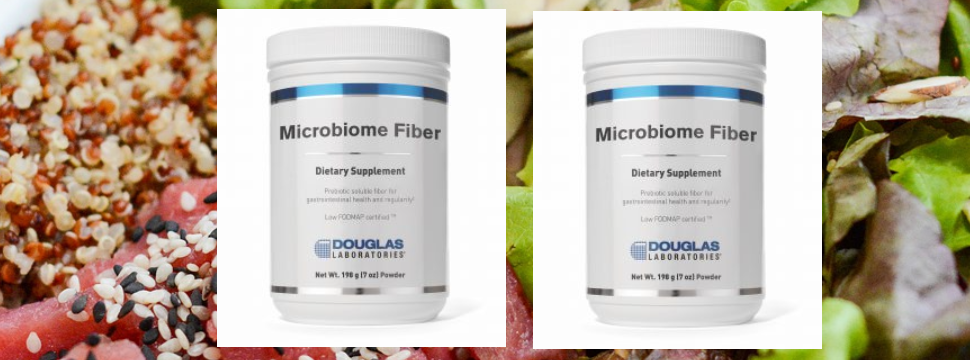Wellness Assessments
EvekWellness
/ October 6, 2023
Wellness assessment is about current health and lifestyle factors to determine underlying motivations, establish realistic goals and plan for progress. It typically involves a combination of medical, nutritional, physical activity and behavioral assessments. Here’s a general outline of assessment may include:
- Health Assessments: Gathering personal information and use health history questionnaires to gather information regarding current and past health.
- Physical Examination: Using most recent 3-month report to assess overall health and identify any potential medical issues and root causes.
- Lab Tests: Blood tests before and after program as a comparison, also to check for conditions like diabetes, thyroid disorders, or nutrient deficiencies.
- Body Measurements: including weight, height, body mass index (BMI), waist circumference. Using free online calculators such as HealthStatus.com and ACTIVE.com.
- Photo Assessments: Clothing should be worn for all images shared and tighter-fitting garments in Front, back, and side angle shots.
- Behavioral Assessment: including nutrition behaviors and a nutrition diary
- Exploring the attitudes and behaviors related to food, eating, and exercise.
- Identifying triggers for overeating or unhealthy eating habits.
- Dietary Assessment: Using Dietary worksheet
- Three-Day Dietary Record to determine the mind-set each day and significant events that influenced eating habits including portion sizes, meal frequency, and food choices.
- 7-14 Day Food Journal to provide a detailed picture of the eating patterns.
- Nutritional Analysis: For many, food is an outlet for anxiety, stress, sadness, or boredom.
- Physical Activity Assessment: including the type, frequency, and duration of exercise.
- Metabolic Rate Assessment: include measuring the resting metabolic rate (RMR) to determine how many calories the body needs at rest.
- Setting Realistic Goals: the goals are flexible and can change often based on the individual circumstances and preferences.
- Physical Goals: such as Reducing bodyfat percentage by 2 percent in three months. Improving leg strength by 20 percent in one month.
- Health Goals: such as No longer needing a medication for a chronic condition. Getting seven or more hours of sleep every night. Reducing blood pressure or resting blood sugar levels.
- Behavior Goals: such as Drinking only one cup of coffee per day. Consuming 15 grams of protein for breakfast every day. Eating dessert once a week. Exercising for 20 minutes every day.
- SMART goals:
- Specific: means eating three servings of vegetables daily.
- Measurable: means physically measure three servings of vegetables.
- Attainable: It is possible to eat three servings of vegetables a day.
- Realistic: means currently eats vegetables at least every other day and has access to a grocery store to purchase them.
- Timely: means they want to do this within a month—four weeks.
- Developing a Plan: Creating a personalized weight loss or rejuvenate plan that includes dietary recommendations, exercise routines, and behavioral strategies.
- Monitoring and Follow-Up: Establishing a plan for ongoing monitoring of the progress and regular follow-up appointments to adjust the plan as needed.
Wellness should be approached in a healthy and sustainable manner, focusing on long-term lifestyle changes rather than quick fixes. Always consult with a healthcare provider before starting program, especially if you have underlying health conditions.
Wellness Assessments Read More »


